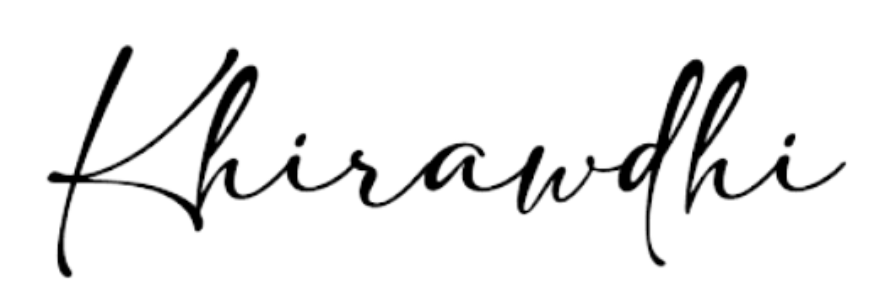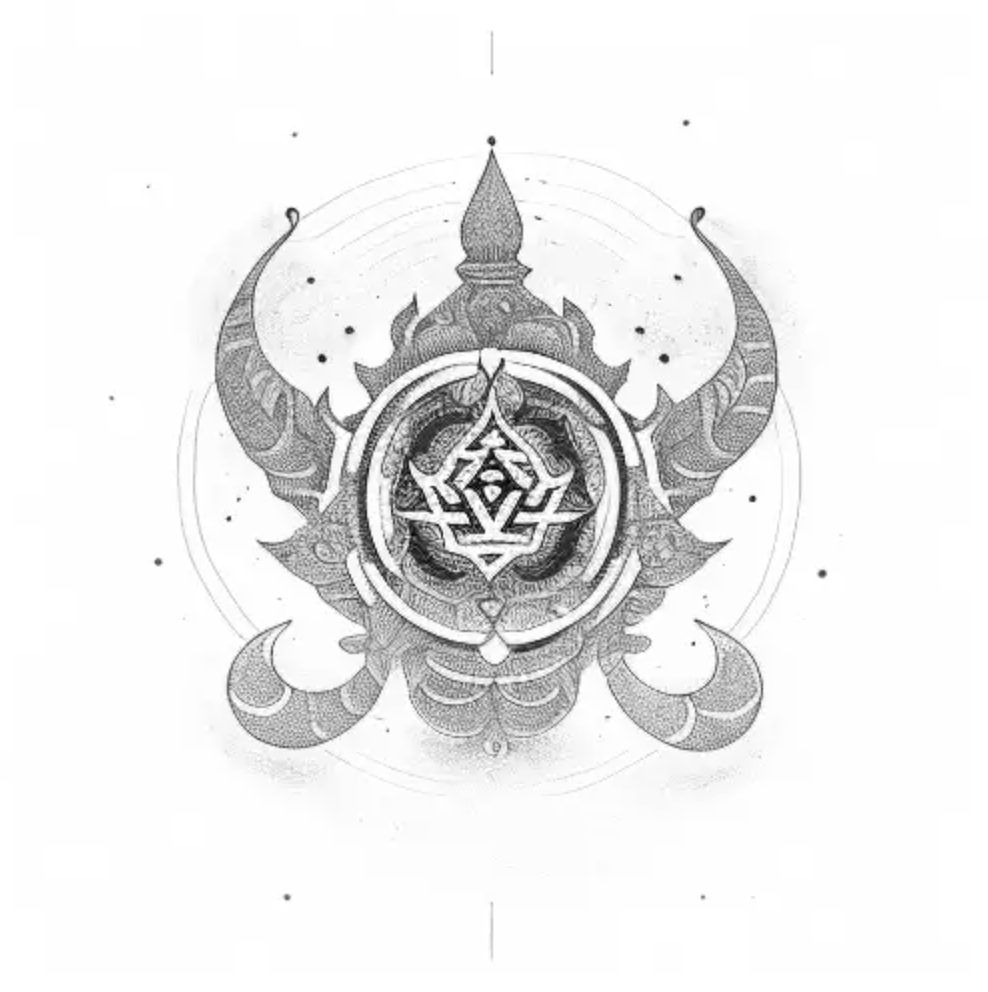The Human Journey Has Four Aims
Why are we here? What is life meant for? Vedanta gives a timeless answer through the concept of the Purusharthas – the four goals of human life.
They are not commandments but guiding principles, helping us live fully while walking toward liberation. Like the four legs of a table, each goal supports a balanced and meaningful life.
1. Dharma: Living in Alignment with Truth
Dharma means righteousness, duty, or the natural order. It is not blind morality, but living in harmony with the universal law of truth.
- At a personal level: integrity, honesty, compassion.
- At a social level: contributing to harmony, not chaos.
- At a spiritual level: living in alignment with Self, not ego.
When we live by Dharma, life flows with balance. When we ignore it, conflict arises – within and outside.
Everyday Example: Speaking truth even when it’s inconvenient, choosing kindness when anger tempts, fulfilling responsibilities without attachment.
2. Artha: The Pursuit of Prosperity
Artha means wealth, resources, and security. Vedanta does not deny material needs – it embraces them as essential for stability and dignity.
- Providing food, shelter, and health for oneself and family.
- Earning through honest means.
- Using wealth not only for personal comfort, but also for the good of society.
The key is balance: wealth is to be used, not worshipped. When pursued without Dharma, Artha leads to greed. When guided by Dharma, it becomes a tool for growth and service.
Everyday Example: Earning money ethically, saving for future security, donating to causes that uplift others.
3. Kama: The Joy of Desire and Fulfillment
Kama refers to pleasure, love, and emotional fulfillment. This includes art, beauty, relationships, intimacy, and joy.
Vedanta does not condemn desire – it only teaches awareness:
- Desire guided by Dharma brings harmony.
- Desire without Dharma leads to attachment, addiction, and suffering.
The purpose of Kama is not indulgence but enrichment – to experience life’s beauty while remembering it is not ultimate.
Everyday Example: Enjoying music, nurturing a loving relationship, expressing creativity, celebrating beauty without becoming enslaved to it.
4. Moksha: Liberation, the Final Goal
Moksha is freedom – the end of suffering, the realization of the Self. It is awakening to the truth: I am not the body, not the mind, but the eternal Atman.
While Dharma, Artha, and Kama serve life in the world, Moksha transcends the world. It is the highest aim – freedom from ignorance and the cycle of birth and death.
Everyday Example: Practicing meditation, self-inquiry, letting go of attachment, living with inner freedom.
The Harmony of the Four
The Purusharthas are not in conflict. They are steps in balance:
- Dharma ensures that Artha and Kama are pursued ethically.
- Artha provides stability for Dharma and Kama to flourish.
- Kama enriches life, making it joyful and human.
- Moksha reminds us that beyond all, our true home is freedom.
Together, they make life meaningful – worldly and spiritual, human and divine.
Conclusion: A Life Well-Lived
Vedanta does not reject life; it sanctifies it.
The four goals of life remind us that we are here to live fully – with truth, prosperity, joy, and ultimately, liberation.
To live by Dharma, enjoy Artha and Kama, and awaken to Moksha – this is the complete journey of a human being.
Reflection for Readers:
Today, ask yourself: Am I living in balance across Dharma, Artha, Kama, and Moksha? Which leg of the table is strong, and which needs attention?


Leave a Reply